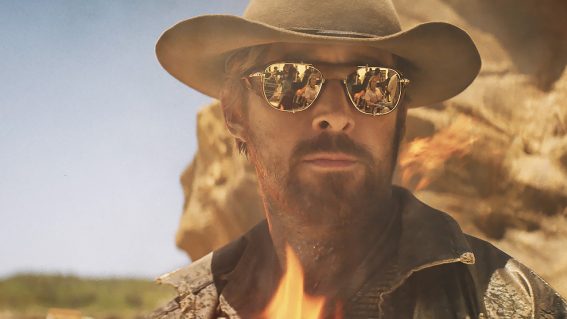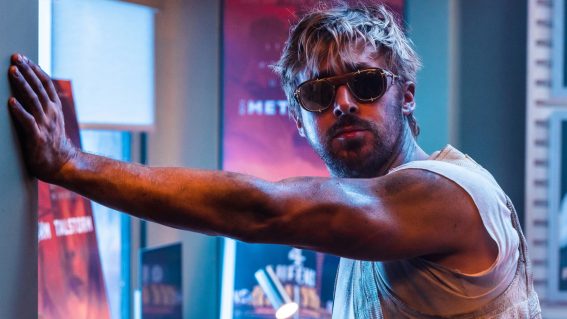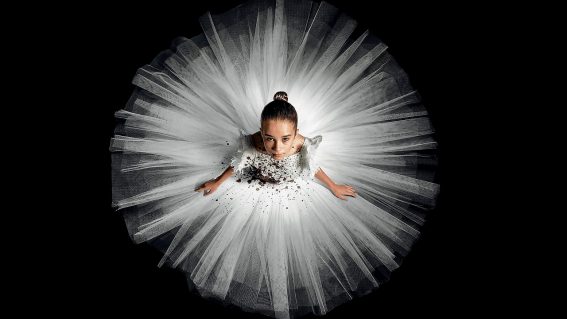Standalone superhero pic The Flash starts promisingly but runs out of steam
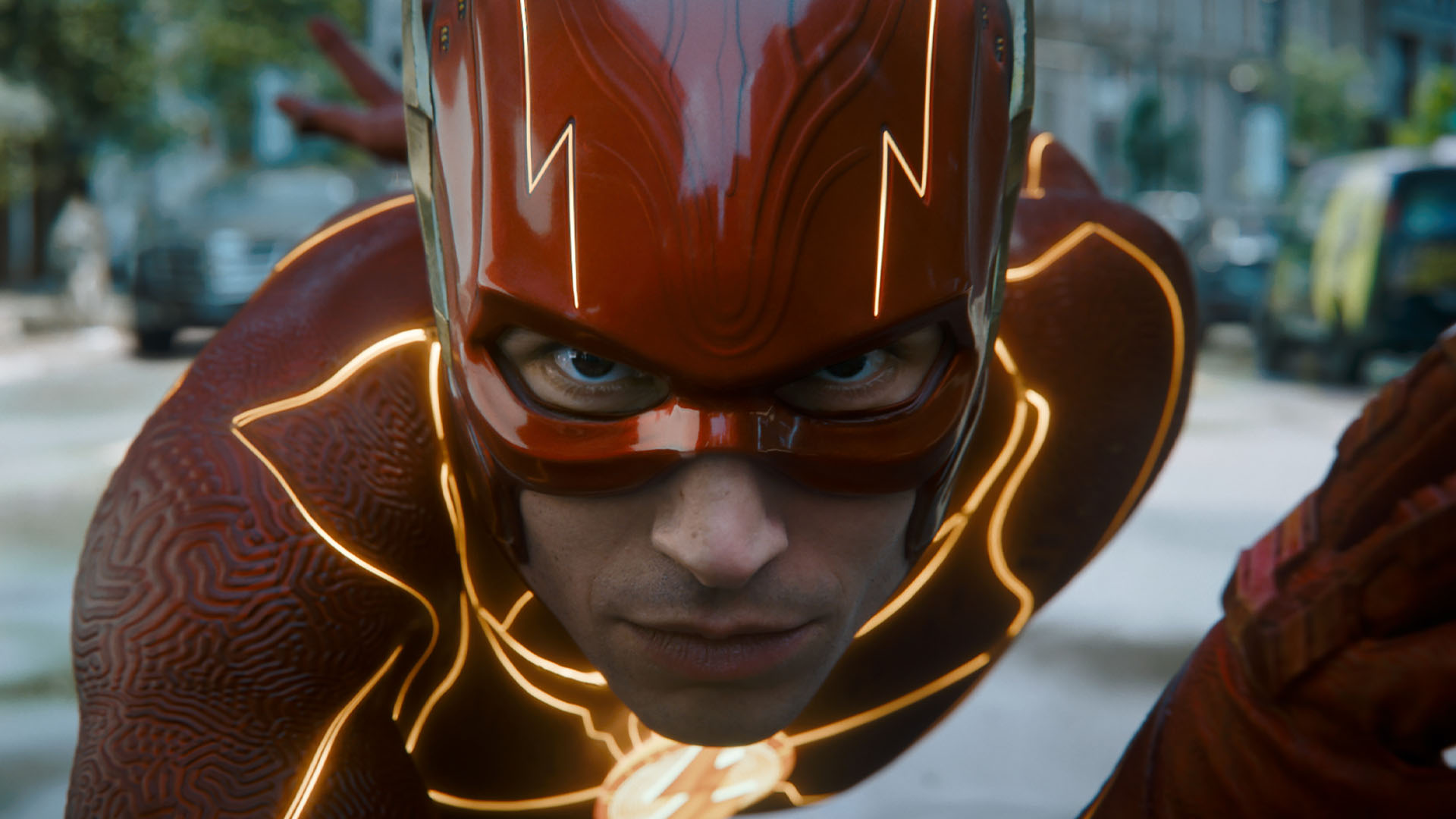
Ezra Miller reprises his Justice League role as The Flash in this standalone superhero film that features a few other (perhaps unexpected) faces. Some already announced spoilers follow in Rory Doherty’s review.
The Flash boasts a production timeline complicated enough to rival the time-hopping, multiversal one we see on-screen. “Development hell” doesn’t even begin to cover the endless stops and starts the film has seen, which marks the first solo film any of the iterations of DC’s Scarlet Speedster have received since his invention in 1940. Directors dropping out, extended universe reshufflings, and the constant spinning plates of making a blockbuster during a pandemic—The Flash has seen them all, barely making it across the finish line amidst the controversy of the multiple arrests star Ezra Miller has faced over the last couple of years (criminal allegations against Miller include burglary, assault, and kidnapping).
Forensic scientist Barry Allen (Ezra Miller) is sick of being the Justice League’s errand boy, but when he attempts to travel back in time to prevent his mother’s untimely death, he ends up in a reality where he hasn’t gotten his powers yet, the Justice League doesn’t exist, and the planet is defenceless against the oncoming attack from Man of Steel’s General Zod (Michael Shannon). Barry’s team-up with his younger self (also Miller) leads him to Wayne Manor where an alternate-dimensional curmudgeonly Batman (Michael Keaton) may offer the only chance to find a Kryptonian powerful enough to defeat Zod—but this time, it’s Supergirl (Sasha Calle).
On arrival, it’s clear The Flash is shouldering the burden of all its production baggage: It’s largely a bloated, overlong spectacle that tries to fit at least three different superhero stories into its 140-minute runtime, catering to many different cohorts of nostalgic DC fans and crafted with all the most frustrating hallmarks of uninspired comic book movie filmmaking.
But as if existing in two parallel realities at once, the film manages to be a good bit entertaining—at least for the first half. Director Andy Muschietti (IT, IT: Chapter Two) coaxes the right balance of gee-whiz comic wonder and bold, brash gravitas from enough cast members, and the action zips along with cartoonish physics that emphasise “cartoonish” and largely forget the “physics”. And when the gags are less quippy and more visual, there’s laughs to be found.
There are even a few sequences that feel, dare we say it, visually inventive—they may borrow liberally from Scott Derrickson’s Doctor Strange, but in their more restrained moments, there are some attractive, arresting images within Flash’s voyages into “the speed force”. For those unaware, this is DC’s hand-waving term for the energy field that grants Flash his powers, meaning he can, amongst other things, phase through walls, travel through time, and shoot lightning out of his hands.
It may make zero sense, but the speed force is where The Flash is most enjoyable. Through some lightning shenanigans, Barry loses his powers in the past, just as his younger, more obnoxious self gains them. Muschetti and writer Christina Hodson find a novel way to gel the two versions of Barry into a pseudo-origin story; the older Barry has to mentor the younger Barry, teaching him how to use his powers (and working to keep him in check). Miller is better served by the material after Barry gets thrown into the past; the constant jabbering and quipping of Barry’s younger self verges on intolerable, but older Barry gets to play it straight, operating on a dramatic level that gives a better insight into the character’s desires and fears.
The Flash only truly trips when we get into the multiverse of it all. The nostalgia pandering going on here is intergenerational, to adult fans of Tim Burton’s Batman duology and the stark, explosive stylisms of Zack Snyder’s Man of Steel, which kicked off this franchise a decade ago and now bears no resemblance to the misshapen machine it is today.
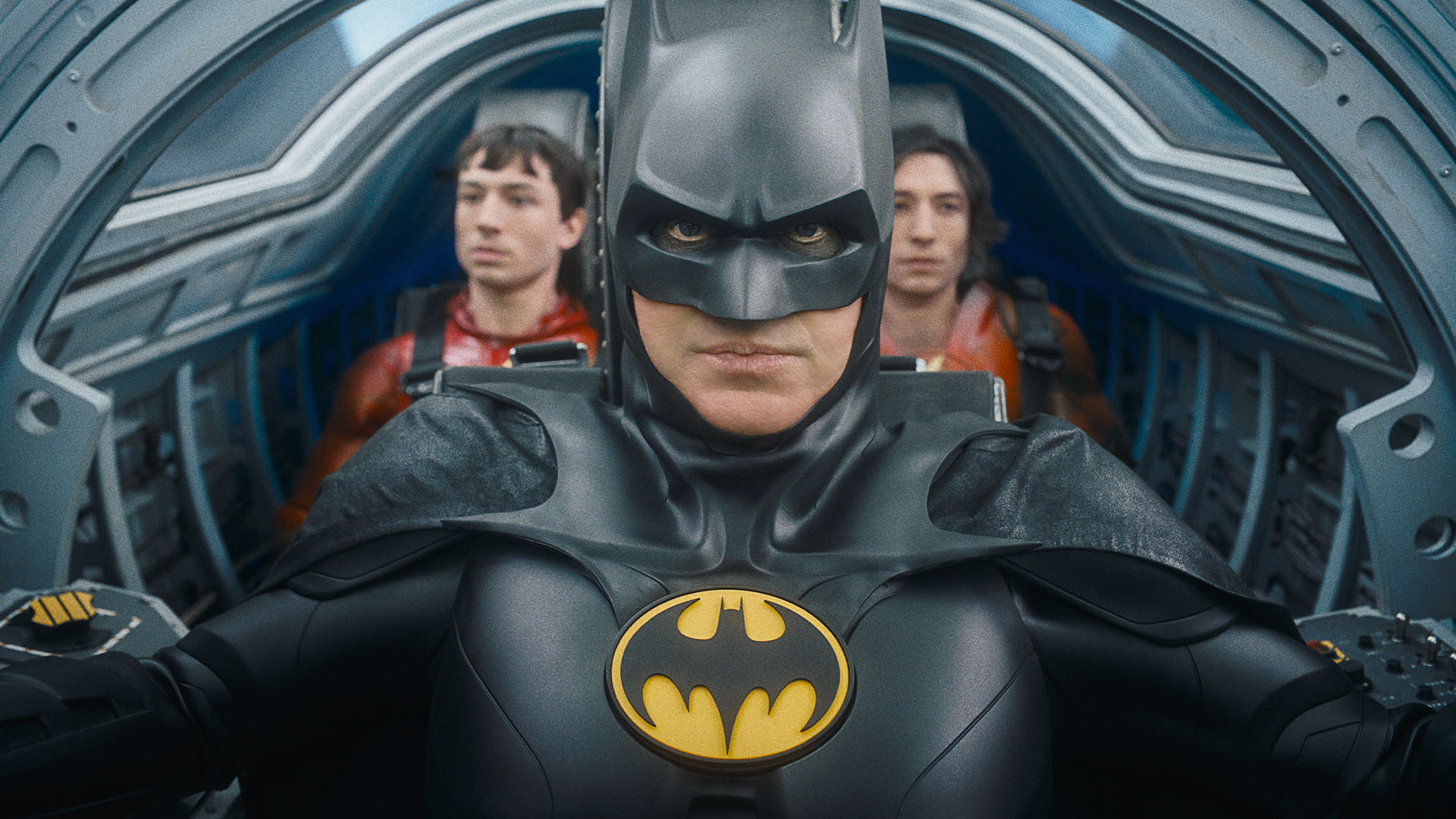
There’s a conflict between these cinematic universes, not just because they boast starkly different production designs, but because the characters all feel out of place in Barry’s story. It’s easy to imagine this Keaton-Batman as an unrelated offshoot from the moody, simmering thrills of Burton’s films; Shannon is a new level of zoned-out as he reprises his role, you could easily convince less savvy viewers that his screen time was made out of recycled footage from Man of Steel.
Pretty much all of The Flash’s goodwill is squandered in a third act that features so much floaty, aimless camerawork and CG sandbox action sequences that feel less like a dramatic motion picture and more like a cinematic trailer for Injustice: Gods Among Us. (You feel sympathy for the dozen effects studios listed in the credits—the film reportedly features around 2,500 VFX shots.)
The Flash ultimately ends on a shrug as it desperately tries to return us to the emotional heart of the story, but not before an ethically and visually hideous final fight that mines new depths of corporate shamelessness and unfinished CG work. Despite a promising start, The Flash is not the multiverse game-changer it wants to be seen as—it barely feels like a final draft. The best thing about The Flash is that we can finally put it behind us, a relic of a lost timeline where we could still muster enthusiasm for superhero fare like this.





